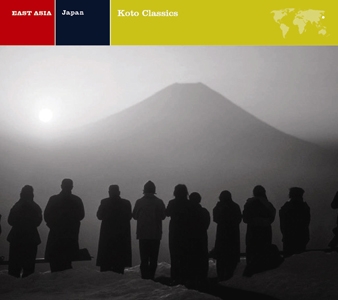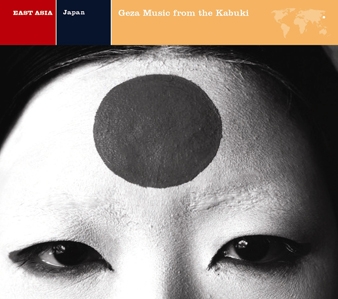This classic focuses on the austere beauty of six traditional pieces, dating from the 17th to 19th centuries, written for the koto—the elegant, zither-like instrument central to Japanese music—and the virtuosity of the players, all 20th-century masters.
This repackaged classic from 1965 focuses on the austere beauty of six traditional pieces, dating from the 17th to 19th centuries, written for the koto—the elegant, zither-like instrument central to Japanese music—and the virtuosity of the players, all 20th-century masters.
Master Shogin Hagiwara, one of the koto performers featured on the album, lost her eyesight when she was six. She entered the Watanabe School, where she studied koto music of the Ikuta-ryu style. Hagiwara was given the degree of koto master and subsequently taught at the Kyoto School for the Blind. The Government later named her Juyo-Mukei-Bunkazai, an important cultural post and one of the great honors for a Japanese artist.
Shakuhachi (bamboo-flute) master Kikusui Kofu accompanies the koto artists heard here. While he specializes in traditional music, he is an important figure in the experimental directions of modern Japanese music, and is a skilled inventor of various wind and string instruments.
PRODUCTION CREDITS
Originally released in 1965 (H-72005)
Recorded by Katsumasa Takasago
Mastered by Robert C. Ludwig
Production Supervisor: Jac Holzman
Re-mastered by Robert C. Ludwig
Design: Doyle Partners
Cover Photograph: © Werner Bischof / Magnum Photos
Japan, 1951. Courtyard of the Meiji temple in Tokyo
451836
MUSICIANS
Performed by Master Hagiwara, Master Hatta, Master Kitagawa, Master Kikusui, Master Mineuchi, Master Yamaguchi













